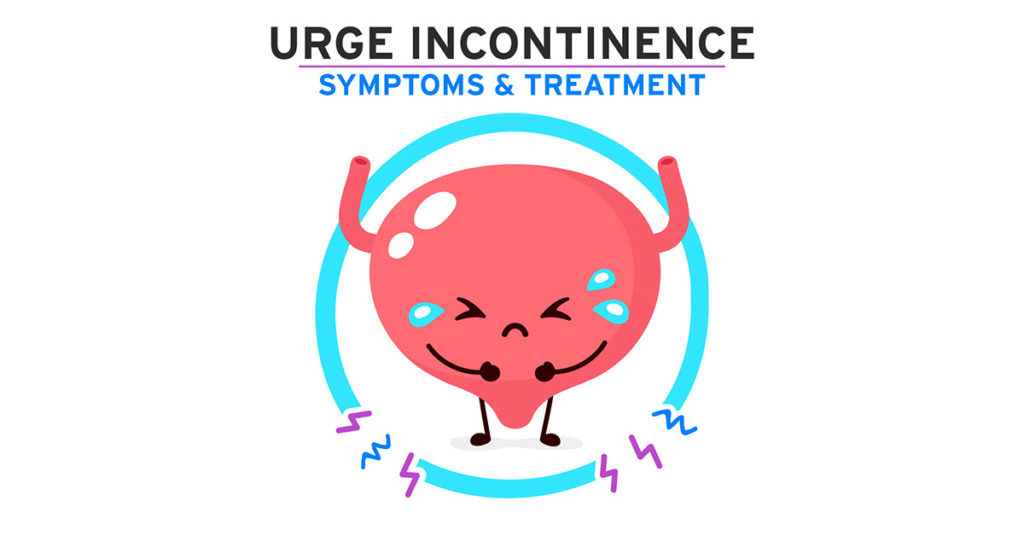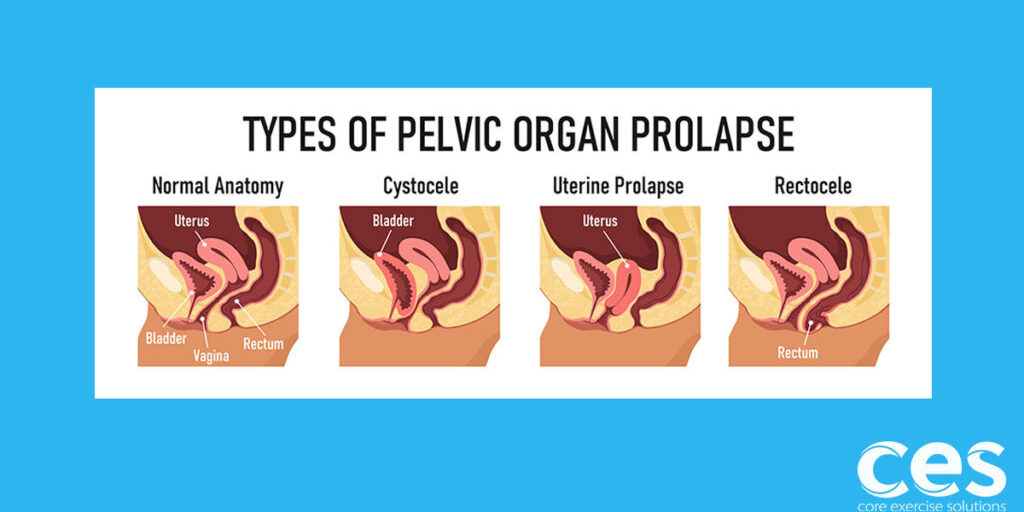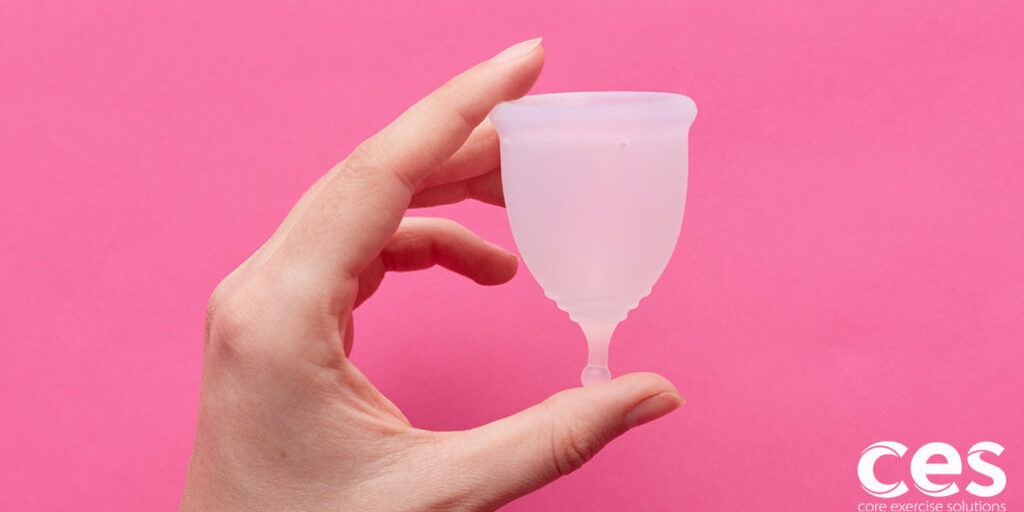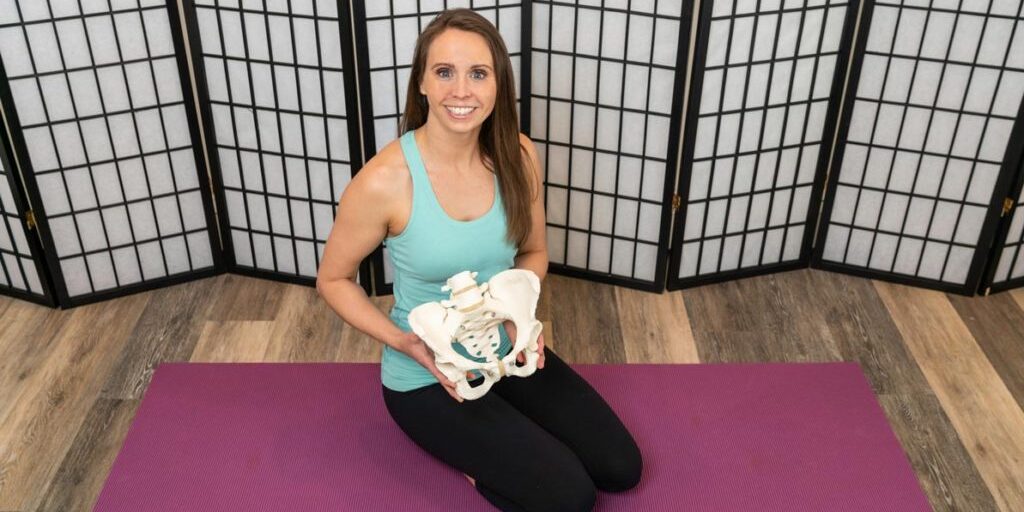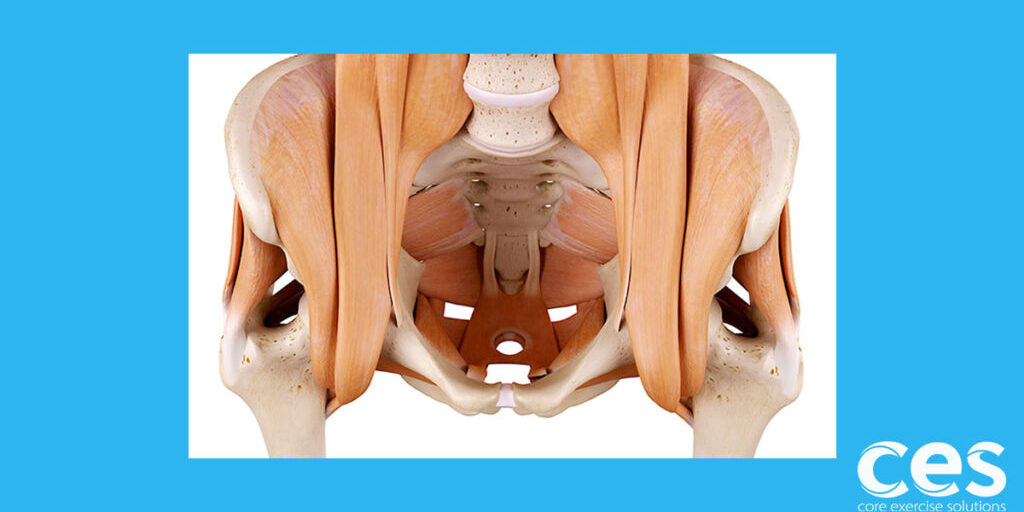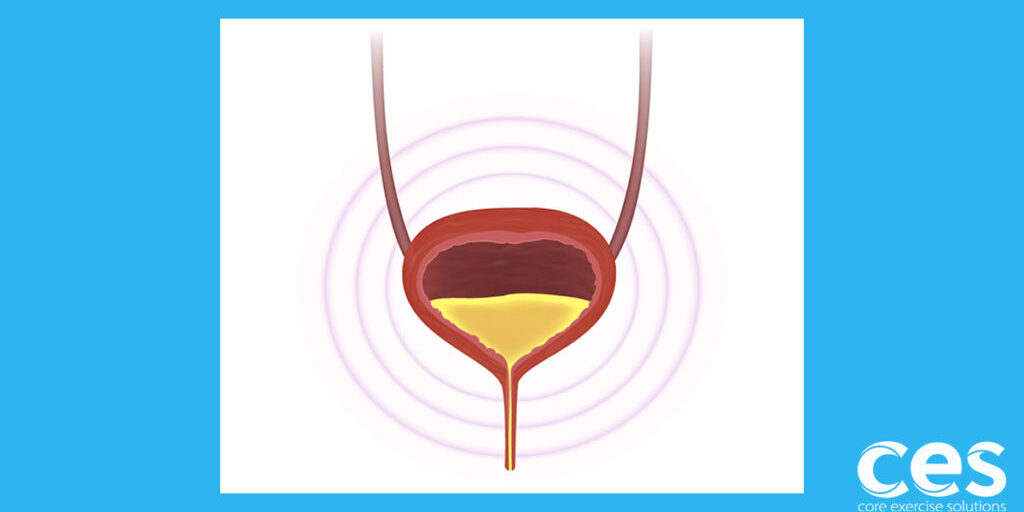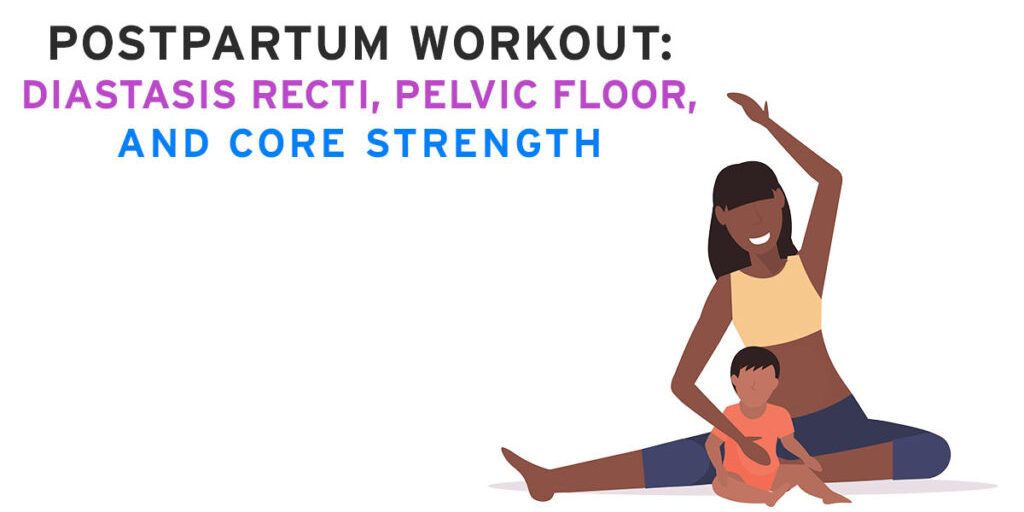What is urge incontinence?
Urge incontinence is when you get an overwhelming urge to pee, and you might or might not leak a little (or a lot) when that urge happens.
It’s that “panic and find the closest bathroom” moment, or the overwhelming need to pee when you turn down your street on the way home or start to open the door.
Most people can find a pattern or a trigger for the urge, such as running water over their hands or trying to get the keys in the door.
For others, it can be a time limit. From an hour or so to as little as 10 minutes, which can make it really hard to run to the store.
Symptoms can be hard to pinpoint. Why do you only feel it in the morning or when you’re focused on it? Why does it seem to occur when you’re worrying about it the most, and you don’t really notice it if you get distracted?
Well, you’re not imagining those differences. There is a big mind-muscle connection with urge incontinence. Specifically in this case, the detrusor muscle. Our bladder sends signals at different points of fullness to help keep us up to date on its status. Think of it as a check-in. Our actions train our bladder when to send those check-ins.
Someone who is not dealing with urge incontinence might get a signal at ½ - ¾ full saying, “I need to pee, please find a bathroom at some point,” but there isn’t an urge attached to it. Just a ping of awareness that can usually be ignored until the next ping when the bladder lets you know that you must find a bathroom right now. (Continuing to ignore those pings with a full bladder can stretch out the bladder and cause incomplete emptying problems down the road, so if your bladder is indeed full, you don’t want to ignore those pings. More on that later.)
The bladder is one of the most easily trainable things in the human body for both the positive and negative, you just need to learn how to go about it.
In the case of urge incontinence, the bladder gets trained to send that urge signal when it’s only partly full. Think of it like an overly sensitive person who is reacting prematurely.
We should go to the bathroom when our bladder has about one and a half to two cups (300-400mls) of urine in it. Not sure if your 3 cups of coffee, kombucha, and water with lemon in the last hour was just too much fluid, or if you’re actually suffering urge incontinence in the morning? Then I encourage you to pick up a measuring cup that you don’t mind using in the bathroom, or you can draw some premeasured lines on a disposable cup and find out. I’ve definitely seen some women who think they have urge issues, but in reality, they just drank a lot of fluid and really do need to go more frequently. Measuring can give you that direct answer.
Now, what if you’ve determined that you actually do have urge incontinence? Maybe you leak a little when you feel that urge or you measured a lot less than 300 milliliters of fluid. Then you’ve identified that your bladder is sending you the signal to pee too early. It’s not the bladder’s fault. Somewhere along the line, it got trained that way. So let’s spend a little time retraining it so you and your bladder can be on the same page again.
The first thing I’d encourage you to do is keep a journal. It’s nice to get a reflection on when it seems to be the worst and if you can spy any triggers. Once you know your triggers, it’s easier to address them. We’ll be doing psychotherapy for your bladder. I promise, it works! We all have smart phones nearby now, so just open Notes and create one to time stamp the amount of urine with each bathroom visit.
Since power peeing (or pushing out your pee) is really bad for you, this will also give you time to relax and reflect on simply letting go to pee. Give yourself permission to spend more than thirty seconds in the bathroom!
Are there different causes of urge incontinence?
The first thing to understand is that there are different causes of urge incontinence. Some are truly just trainability, but others stem from issues that we’ll need to address. Think of it as layers of cause and effect.
The most common cause that I see in women is pelvic floor tightness. Tightness in the front pelvic floor muscles can cause irritation of the urethra. An irritated urethra always feels like it needs to go! Or, the tightness could be causing tension on the pelvic floor nerves.
I tend to see front pelvic floor tightness happen when someone does too many kegels or too much abdominal work. Specifically, abdominal work that involves leg lifts and lower abs. This is particularly connected to the pelvic floor. I’ve also seen tightness or an irritation occur in this area from too much release work. A little can be great, but when we get too much of a good thing, sometimes the body rebounds by tightening more.
Scar tissue (think c-section) can also contribute to this tightness or irritation.
What can I do to help stop it?
One thing that can help with tightness is focused, deep breathing and letting go. I want you to pause for 30 seconds 10 times per day — yes, I just said 10 times per day — relax and inhale deeply, trying to touch the front of your pelvic floor with the pressure from your inhale.
You’ll need to fully let your abs go!!
It may feel very weird for things to just hang out, but that’s what you’ll need to do for a while until this improves. Relax your abs and relax your pelvic floor, and just breathe deeply. Try to keep things as relaxed as possible, letting go of all muscle tension you might be holding onto.
If you notice improvement over the next day or two from not holding so much tension, then that’s giving you clues that your urge incontinence might be stemming from tightness.
You won’t have to do this forever. We will get you back to getting stronger! Most people notice an improvement within 3-4 days. Not a complete resolution, but improvement. This will be a longer process, but at least enough of an improvement to let us know we’re on the right track.
So, you’ve tried relaxing and you’re not noticing any improvements, but you’ve been keeping your journal and you’re starting to notice trends. There are specific times and/or places where it seems to flare up. If you’re noting specific trends, that’s good. This tends to lend itself more to the psychological side and will be a little easier to address than if tightness is causing the issue. Of course, it can be both. So don’t assume it’s either-or, you may need both approaches.
Let’s talk about retraining the bladder so it’s not feeling so urgent.
The bladder can be trained in a matter of days. So all we need to do is stick to the plan and put some effort into it to see improvement. First, we’ll start with developing a connection with your pelvic floor. I need you to be able to feel your pelvic floor and recognize when you’re contracting and when you’re relaxing it.
Some people can gain this mental connection simply by lying or sitting in a quiet space and focusing on it. Others will need to use physical touch. When you touch an area of your body or a specific muscle group, it helps the mind to connect.
Spend a bit of time connecting so that you’re ready for the next challenge.
We’re going to be doing quick flicks or quick contractions of your pelvic floor muscles when you feel that urge come on. Or, if you have a specific trigger place or time, you’ll do them right before.
For quick flicks of the pelvic floor, you’ll contract your pelvic floor muscles (also known as a kegel) rapidly, and then let them go just as rapidly. So, by the time you say the word 1001, which is approximately a second, I want you to aim for going through a full contract relax cycle or two! Yes, I did say two there. This is all about going as fast as you can.
You’re not holding your pelvic floor tight, you’re tightening and LETTING GO, both with equal focus.
Aim for 5-10 of these quick flicks and then try and distract yourself with something. Maybe a funny cat video on YouTube?
One of my favorites for people having trouble getting into the house is to sit by the door and open the mail. So, get your keys out and go to the door, but instead of going into the house, grab your mail (or email on your phone if that’s easier) and simply sit or stand right outside your front door and read. This is such a great distraction! You may find after a few days of telling your bladder, “no, you can’t immediately run to the bathroom when I open the door”, that it gets retrained pretty quickly.
Step two of this is to take it inside. So after a few days of sitting outside the door, you do the same mail/email trick, but do it right inside the door.
Hopefully, you’re following what I’m getting at here. Once you identify your trigger, then you can build in a graded distraction. Just don’t make it too challenging in the beginning!
You can apply this distraction method and then repeated exposure to any scenario to help your bladder adapt to the new normal of not running to pee.
What if you get that urge while sitting at your desk working on your email? Or while you’re in the kitchen?
This is where a timer helps with retraining. When you feel that urge, set your timer for two minutes. Work on your quick pelvic floor contractions or do some crazy dance moves during that time, or both! Then, let yourself go pee. (Try to walk calmly to the bathroom and slowly prepare to pee.) When it happens again, move it to 2.5 minutes. Then 3 minutes, and so on, until the urge is easy to ignore.
I also like to address the worst case scenario situation when working on urge incontinence. What’s the worst thing that’s going to happen? You’re going to leak while trying to hold it in.
So what?
Wear a pad and tell yourself that it’s ok. You’re working on retraining. The more anxiety you have about this and the more you care, the worse it makes everything. So be calm and relaxed, and don’t get all worked up about a little leaking during this process of retraining. This will not be your new normal, it’s just a short phase in the process. I bet you’ll notice an immediate improvement with simply relaxing a little and trying those quick flicks. You need to have a little trust in your bladder and the process.
For some people, specific foods or beverages can become an irritant. The common ones of course are everything that brings pleasure to life. Kidding! Kind of. 🙂
The most common are coffee, tea, chocolate, alcohol, citrus, tomato-based products and there are many more. The only way to know for sure is to keep a journal and switch up your diet to see if you notice a difference. I often find that specific foods or beverages can have a small influence, but other causes like pelvic floor tightness have a much bigger effect on progress.
I think it’s prudent to mention that there is a time to listen to this urge signal. Make sure it’s actually a premature signal and you’re not simply pushing your bladder too far. It could also be a sign of a more serious issue. That’s why it’s always important to check with your doctor to rule out things like a bladder infection or medication side effects.
If you’re not feeling better from the tips in this article, I’d suggest finding a good local pelvic floor physical therapist in your area for abdominal massage and internal release work. Sometimes things just need to have a little more freedom of motion.
Related Articles
- « Previous
- 1
- …
- 3
- 4
- 5
Pelvic Floor and Diastasis: What You Need to Know About Pressure Management
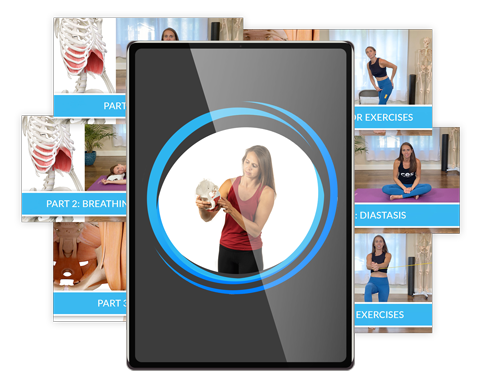
Join us today for this 6-part Pelvic Floor and Diastasis Video Series, absolutely free.
This course is designed for health/wellness professionals, but we encourage anyone interested in learning more about the pelvic floor and diastasis to sign up.
We don't spam or give your information to any third parties. View our Terms of Use and Privacy Policy.
Free Pelvic Floor Educational Series
Dr. Sarah Duvall, PT, DPT, CPT and the CES Team have helped thousands of women create the strength and stability needed to overcome common and not-so-common pelvic floor issues.
Join us today for this 4-part Pelvic Floor Video Series, absolutely free.
We don't spam or give your information to any third parties. View our Terms of Use and Privacy Policy.
Having trouble signing up? Click here


